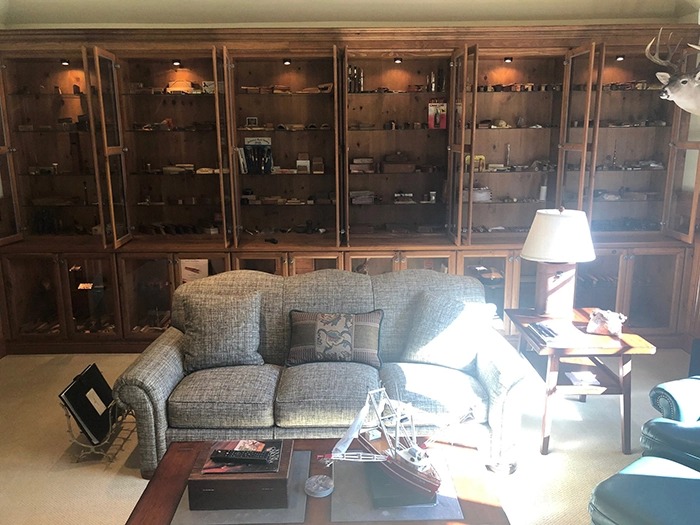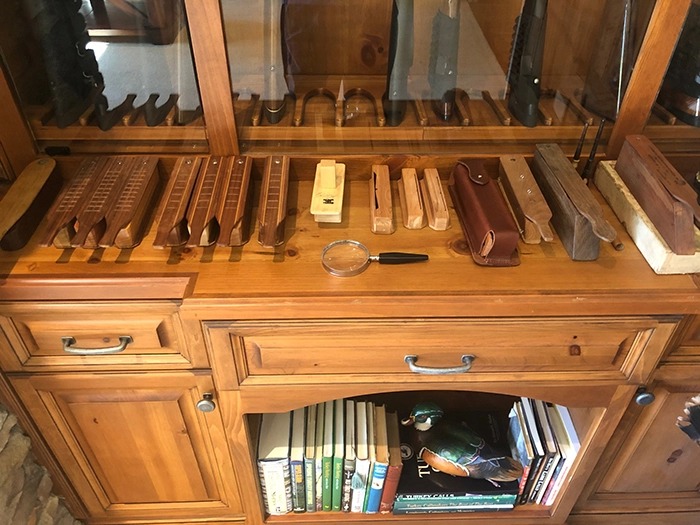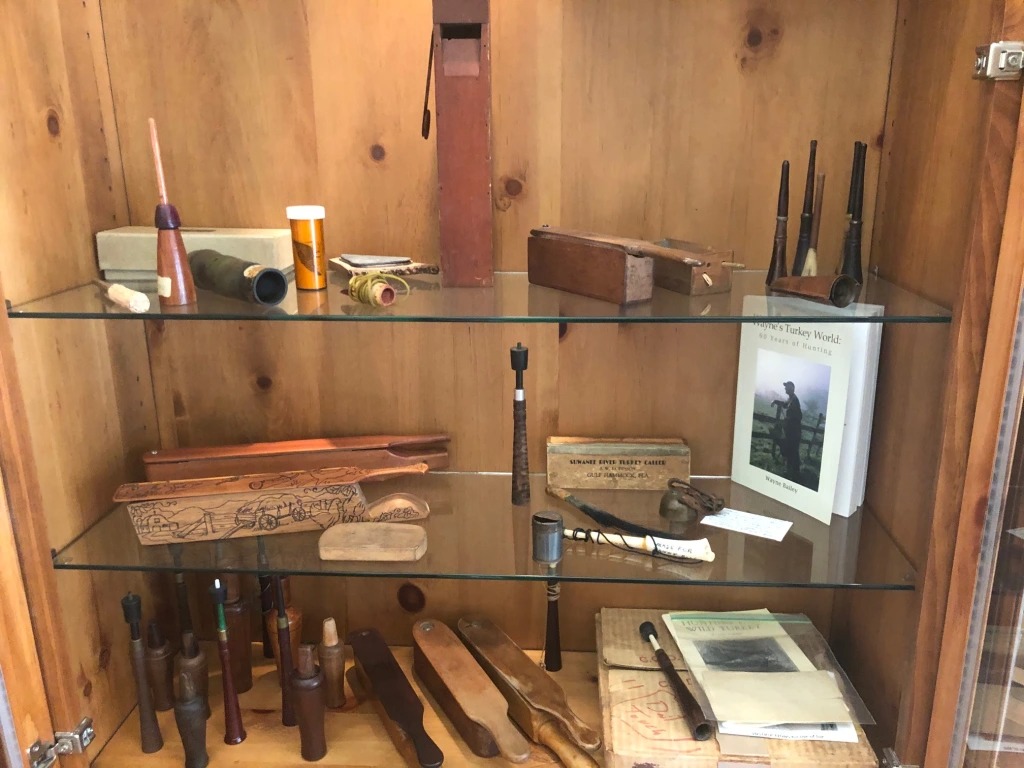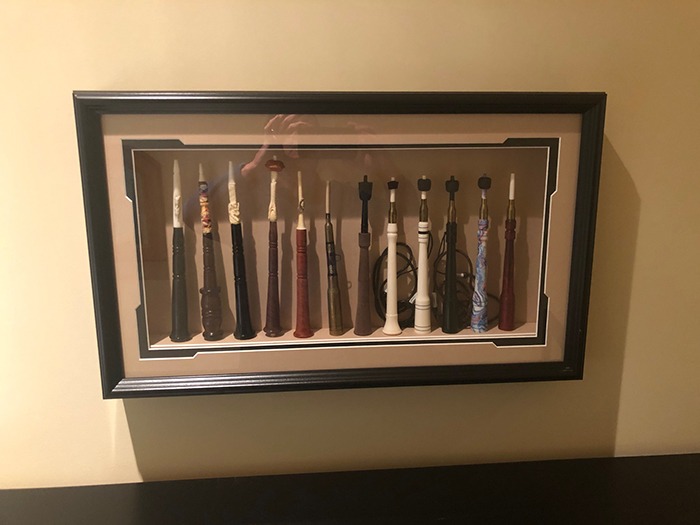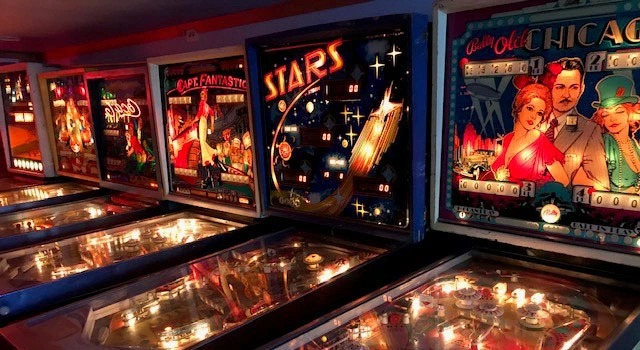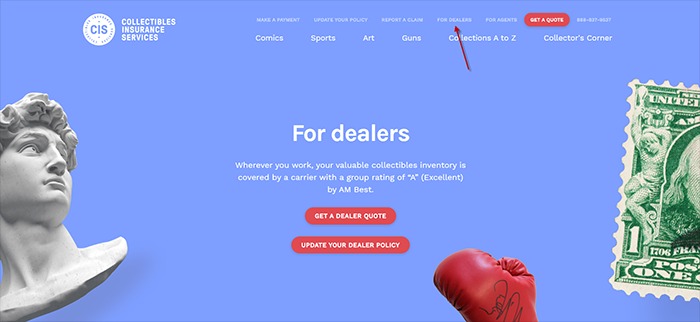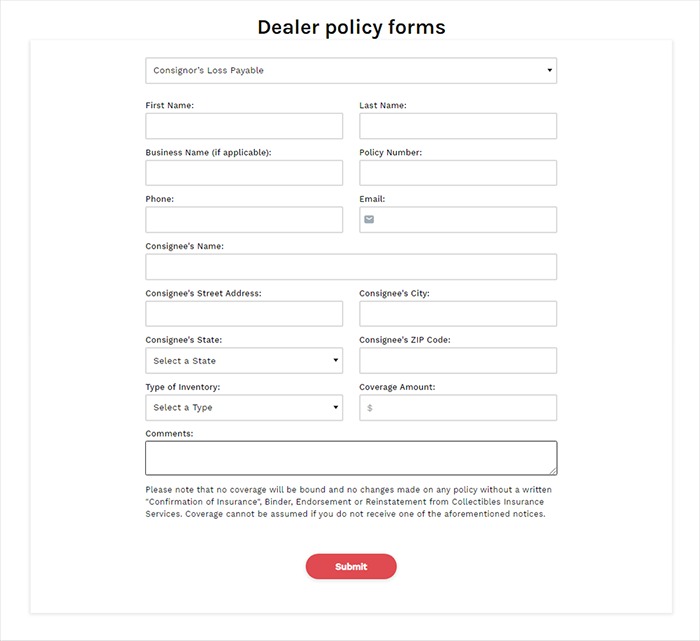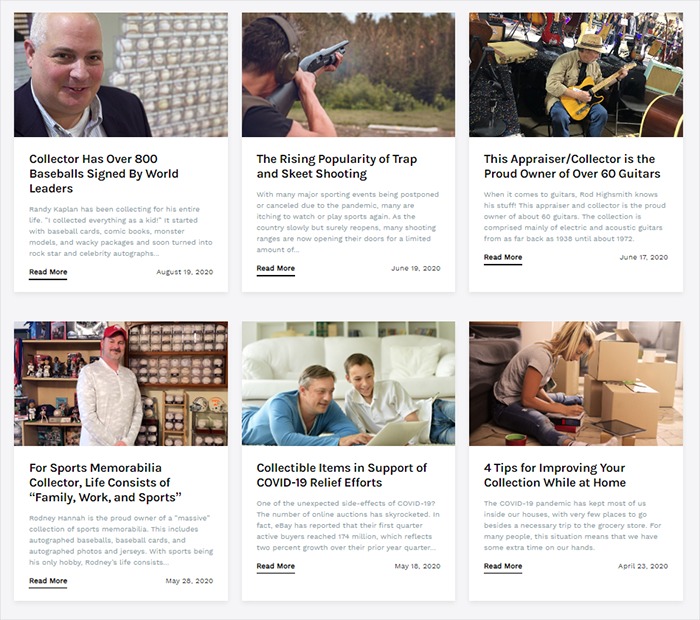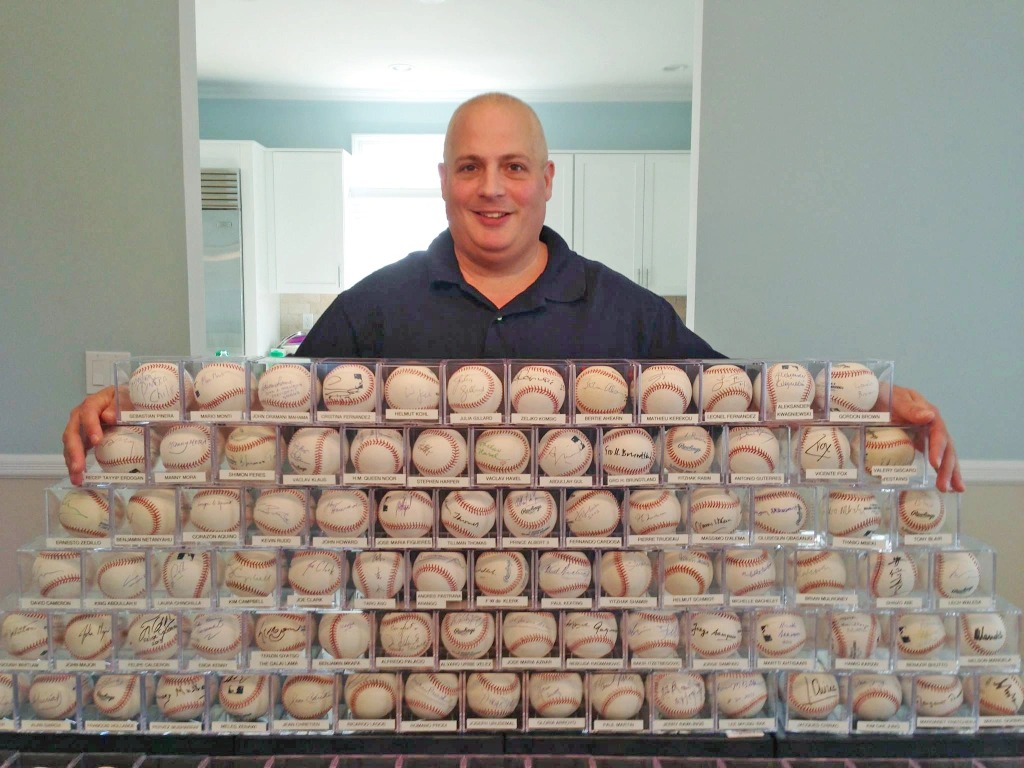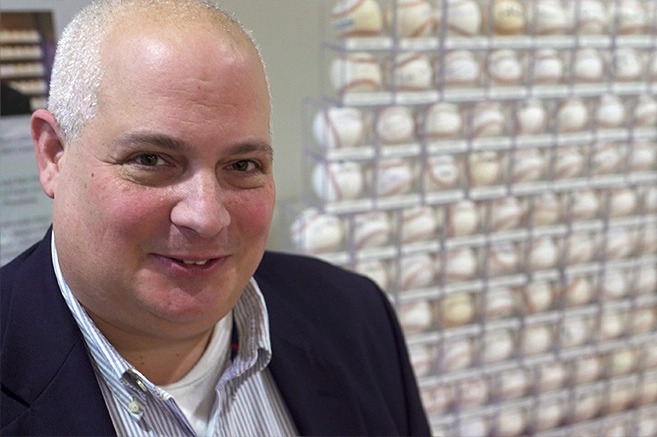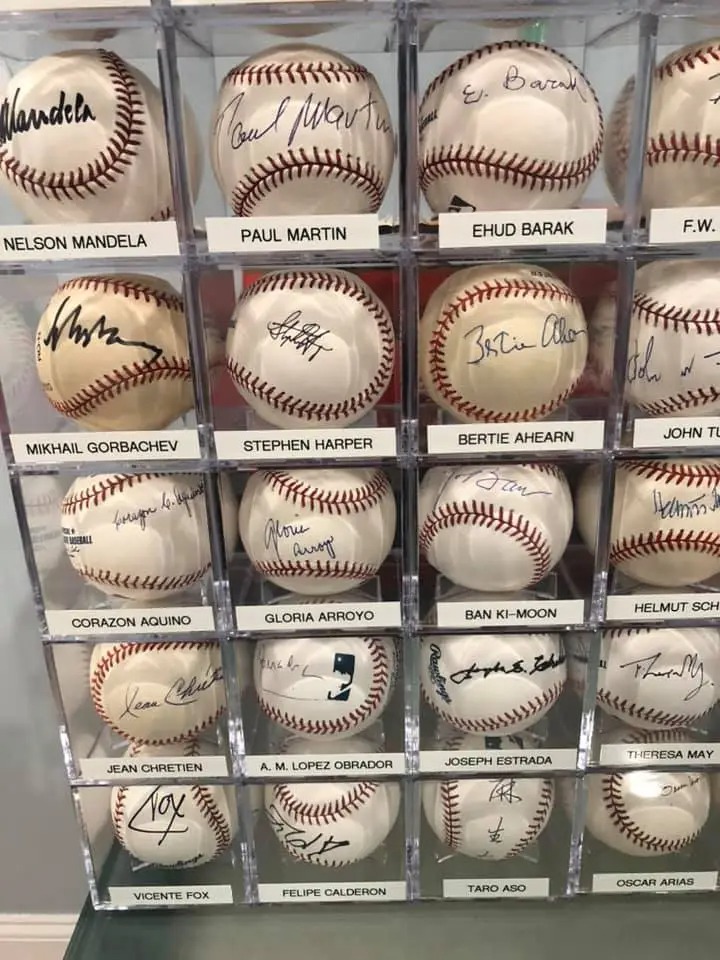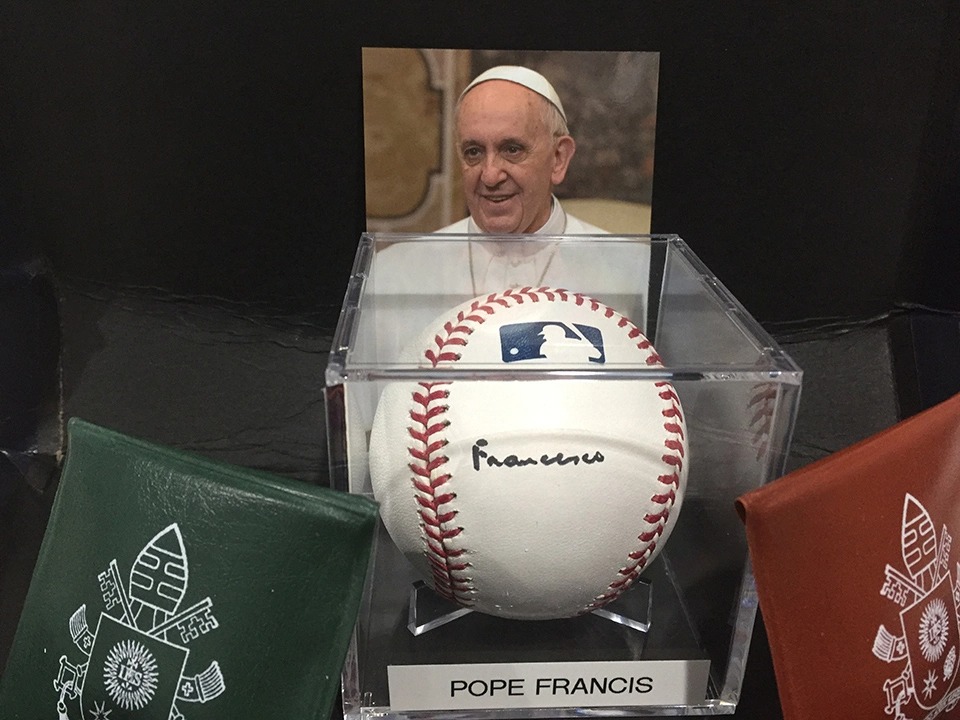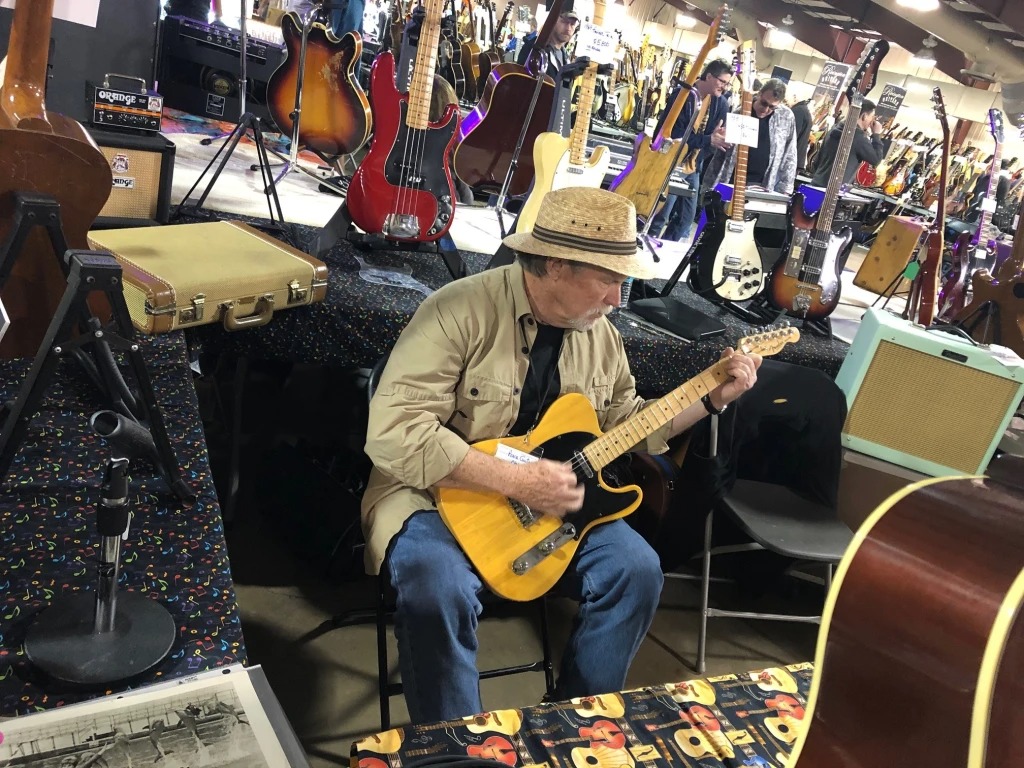Many may not realize that making a turkey call is a truly American folk art. Wild turkeys are native to only North America, and hunting them requires a special device called a turkey call, which creates a sound that attracts them. Domesticated turkeys are rather unintelligent, due to breeding, but wild turkeys are very intelligent. They also have the sharpest senses in the woods – the best sight and the best hearing. “If they had a sense of smell, we would probably never be able to kill one,” says Danny Ellis of North Carolina. He finds turkey hunting thrilling because one must go into the woods completely still and quiet except for the turkey call – or else the turkey will know you’re there.
About 25 years ago, Danny took up turkey hunting as a hobby. In a magazine, he saw an ad for a Neil Cost turkey call. “I don’t know if it was a birthday or an anniversary, but some occasion was coming up,” recalls Danny. “I showed it to my wife. Lo and behold, she bought one of those turkey calls for a gift.” This prompted him to start researching everything he could find about turkey calls, and soon he was obsessed.
One day he was at the National Wild Turkey Federation’s annual convention, and he saw a display of antique turkey calls. At that moment, he thought, “I am going to start collecting turkey calls.” He bought a couple calls right then, and at that moment his collection was born.
His collection is notable – it is not the largest, but it is the most valuable collection of turkey calls. Of the top ten most sought-after turkey calls, he has about 6 or 7 of those. But his favorite calls are not the most valuable or the most sought after – they are the unique, handmade calls with a story behind them. His favorite is shaped like a miniature wooden butter churn.
Another favorite call was made by a man who resided in North Carolina. This man was a well-known hunter and guide in Eastern North Carolina. There was always a wild turkey population in that area, and he would guide hunters from the north on turkey hunts. Danny has two items made by this man: a hand-carved call and a hand-carved horn. The horn was used to call the dogs that would often be present during a turkey hunt during that time. It’s made of a cow horn and the carvings match those on the call. Both are one-of-a-kind and very special.
On the value of his collection, Danny says, “They are worth a fortune and they’re not worth anything.” To the average person on the street, a turkey call isn’t worth much. But to a collector, they are highly valuable. The value of Danny’s collection is at least $3 million. The most he ever paid for a single piece was $50,000. Within days of that purchase, he was offered $100,000 for it and turned it down. The value of his collection doesn’t come from the monetary value, but from what these items mean to him.
That said, there are items in the collection that may be much older and more valuable than Danny knows. Carbon dating would reveal the age of these pieces, some of which could be between 300 and 3,000 years old, but Danny has decided not to bother with carbon dating. Again, his collection is worthwhile to him because he enjoys collecting these pieces, not because of its value or age.
Danny owns between 500 and 700 turkey calls. This vast collection is stored in his home, which he built with a den on the second floor. This den has built-in cabinetry to display the collection, which is organized by type. “Most of my early calls are together. My unusual calls are together. My recent calls are together. It’s hodge-podge but to me it’s organized,” says Danny.
